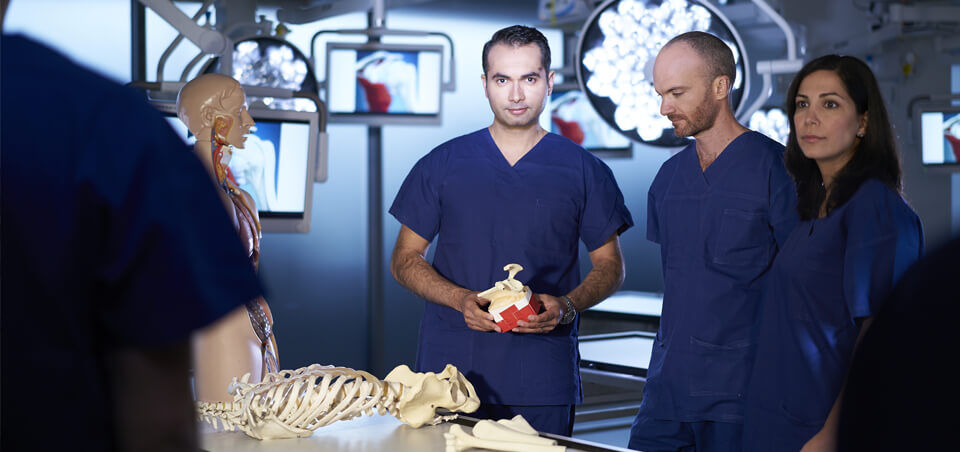Tennis and Golfer’s Elbow
Knowledge that empowers
What is it?
Tennis elbow and golfer’s elbow essentially refer to the same condition, tendinosis, but are located at two different parts of the elbow.
Tendinosis refers to pain and swelling that arises from a tendon. Tennis elbow refers to tendon pain that arises from the common extensor tendon (extensor carpi radialis brevis, ECRB) on the outside of the elbow and golfer’s elbow arises from the common flexor tendon on the inside of the elbow.
In the past, this condition was often referred to as tendinitis – meaning that there is inflammation in the tendon. However, we know that this condition is probably not a true inflammatory condition, but rather a degenerative condition. The prevailing theory is that overuse leads to tendon disrepair with abnormalities of tendon collagen and degeneration.

Who is affected?
Despite the names, you do not need to play tennis or golf to develop either of these conditions.
Tennis elbow is more common than golfer’s elbow. Both tend to affect those who are involved in activity, be it recreational or work-related, that involve repeated gripping activities or manual labour requiring a “hands on” skillset. Commonly, these conditions occur in those who are new to those activities, are participating in them more frequently or in higher volumes than normal.
What are the symptoms?
Pain is the most common complaint of both tennis elbow and golfer’s elbow.
The pain is typically well localised to the affected tendon and is usually made worse with repeated gripping, twisting or manual labour. It is also possible to experience pain with simple tasks like typing or mouse use. Sometimes, nerve compression can coexist with these tendinopathies.
How is the diagnosis made?
A thorough clinical history and physical examination of the elbow are typically all that is required to confirm the diagnosis.
However, x-rays may be performed to evaluate the elbow joint and an MRI or ultrasound can help assess the tendon and other soft tissues.
What is the prognosis?
Most patients will recover from tennis and golfer’s elbow under the guidance of a physiotherapist, although it is often a very slow recovery and can have a significant effect on our ability to participate in work or recreational activity. Some patients suffer from this condition for many months or years, and flare-ups are not unheard of. Those who do make a satisfactory recovery may require surgery.
Non surgical treatment
Physical therapy can be effective in managing these conditions.
This may involve activity modification, correctly dosed stretching and strengthening exercises and advice for managing pain. Bracing/splinting may be beneficial also.
A steroidal anti-inflammatory (e.g. cortisone) injection into the tendon can assist in managing the pain from tennis and golfer’s elbow, however these are used in select cases as the cortisone can have harmful effects on the long term health of the tendons and other soft tissues nearby.
Platelet rich plasma (PRP) injections are another commonly prescribed treatment for these conditions.
Surgical treatment
For those who suffer from recalcitrant tennis elbow, whereby the condition does not resolve or improve significantly with non-surgical management, surgery may be necessary.
Many techniques have been described with open, arthroscopic, or percutaneous procedures. A/Prof. Raniga uses an arthroscopic (keyhole) technique to release part of the common extensor tendon (ECRB origin) from its bony insertion at the elbow, taking care to avoid injury to the lateral ligament complex.
Overall, surgical intervention is successful in about 80% to 90% of cases.
Rehabilitation following this procedure is normally quite simple however it is important to restore normal range of motion and strength under the guidance of a physiotherapist. You can expect this process to take approximately 3 months.
